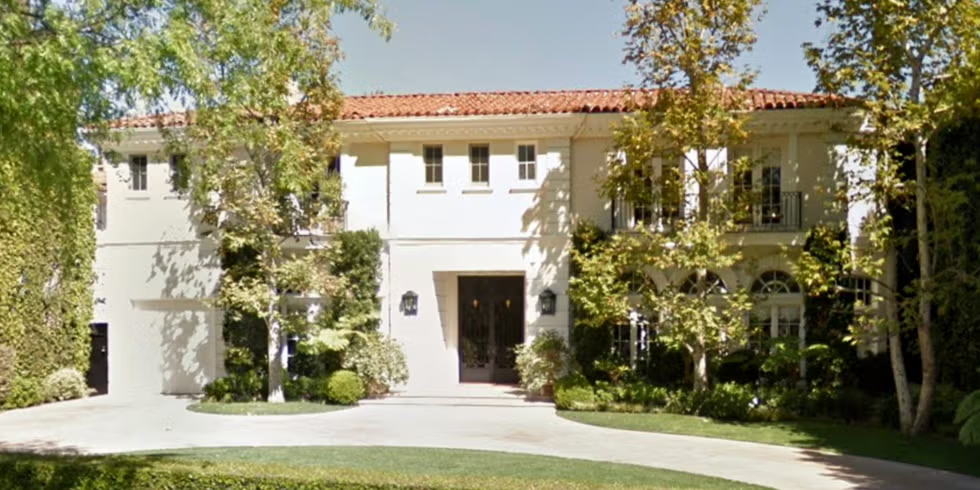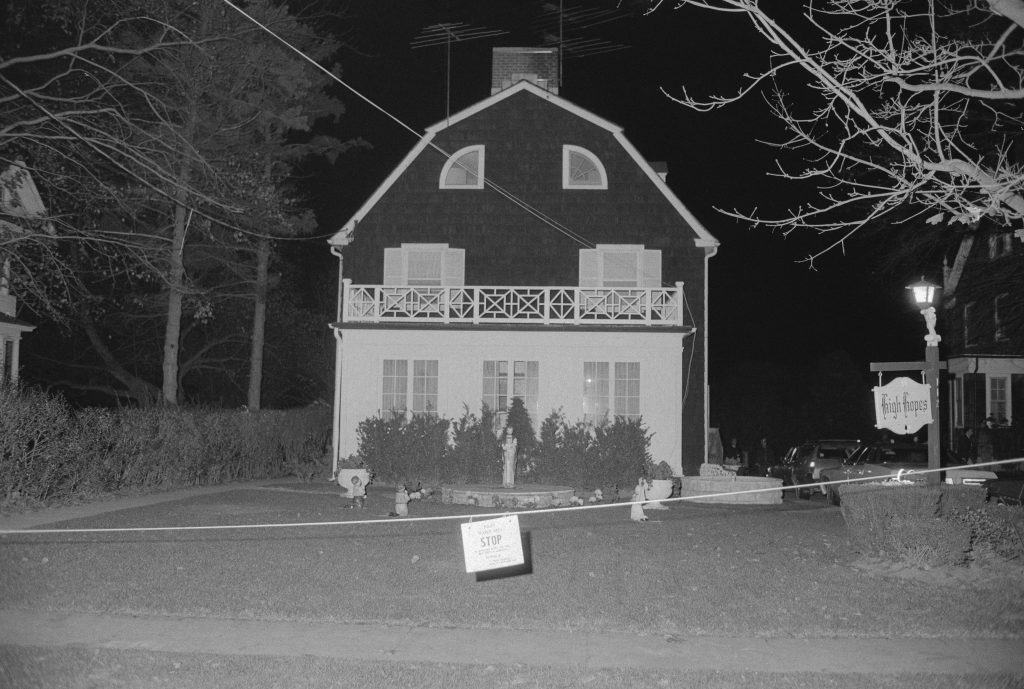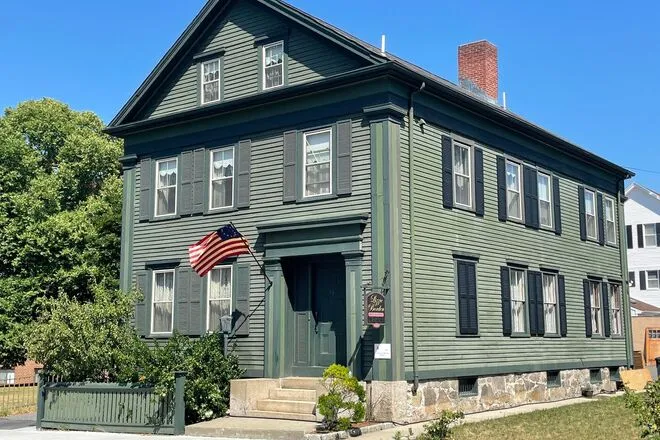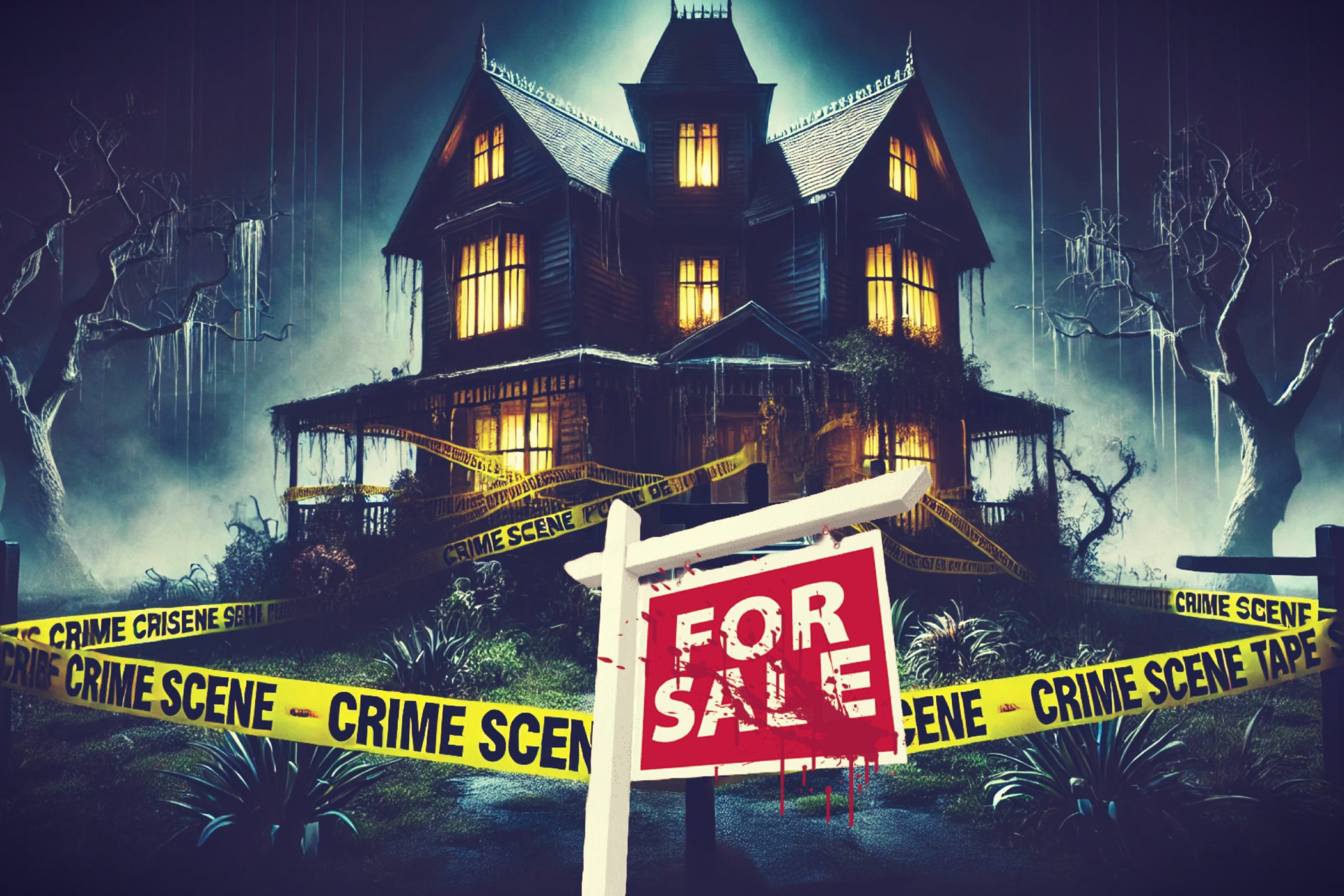There’s something irresistibly creepy about a house with a dark and bloody past. Whether it’s haunted by a tragic event or the scene of an unspeakable crime, these homes have stories that are often far more twisted than their curb appeal would suggest. But what happens when these sinister backstories collide with the cold, hard world of real estate? Let’s just say it’s not your average open house.
So, here’s the question I have for you: would you be brave enough to buy a home where murder took place? Or how about one with reported hauntings that keep the neighbors talking? For some, it’s a hard pass. For others, it’s a chance to snag a “bargain” and, in some cases, live out their own ghost-hunting fantasies. But these homes—known as “stigmatized properties” in the real estate world—come with a unique set of challenges that could spook even the savviest buyer.
Here’s the official definition from Wikipedia: In real estate, stigmatized property is property that buyers or tenants may shun for reasons that are unrelated to its physical condition or features.
So, in the spirit of all things spooky, let’s grave-dig into a few infamous homes that have hit the market and take a look at the hurdles that come with selling these scary homes. And trust me, after hearing about some of these houses, you might be rethinking your next Zillow search.
Just imagine starting your day with a cup of coffee in the very room where a horrific crime was committed. It sounds like something out of a horror movie, but for some, it’s reality. One of the most infamous examples is the Menendez brothers’ home in Beverly Hills. Back in 1989, Lyle and Erik Menendez brutally murdered their parents, José and Kitty Menendez in their sprawling mansion. The case became a media sensation, and the house itself became notorious.

So, what happens to a house like that? Well, despite the grisly history, it eventually sold. But let’s be real—the path to offloading a home stained by such a brutal crime isn’t exactly a walk in the park.
These kinds of properties sit on the market for what feels like an eternity, and when they do finally sell, it’s usually for a fraction of their actual worth. The Menendez mansion, once a glittering symbol of wealth and success, became a property haunted not by ghosts, but by its tragic, violent past.
But bad vibes and dark memories aren’t the only issues with buying one of these creepy homes. The new owners often find themselves dealing with more than just eerie feelings—curious onlookers, true crime fanatics, and amateur ghost hunters can quickly turn your quiet neighborhood into a circus. Sure, some buyers might take the plunge for the sake of a killer deal, but they soon discover that living in a house with a gruesome backstory can be way more of a nightmare than they ever expected.
However, if crime scenes don’t give you the chills, maybe ghost stories will. Haunted homes are another category of stigmatized property, where the “house guests” are of the supernatural variety. While some buyers are drawn to the idea of living in a haunted house—especially around Halloween—these homes often come with challenges that go beyond eerie bumps in the night.
Take the Amityville Horror House in New York, for example. In 1974, the house was the site of a mass murder when Ronald DeFeo Jr. killed six members of his family. A year later, the Lutz family moved in and famously fled after experiencing what they claimed were terrifying paranormal events.
The house has been sold multiple times since then, but it’s never quite shaken its haunted reputation.
And as with most haunted homes, it sold for far less than similarly sized properties in the area.

The appeal of owning a haunted home is real for some—ghost hunters and paranormal enthusiasts may see it as a dream come true. But for others, the constant influx of curious visitors can turn a peaceful retreat into a chaotic nightmare. And then there’s the issue of resale—no matter how good a deal you got, selling a haunted or crime-ridden house is never easy.
When it comes to selling homes with a dark history, the law varies depending on where you live. In some states, sellers are required to disclose if a murder or other violent crime took place in the home, but in others, it’s up to the buyer to do their own research. California, for example, has a law that requires sellers to disclose if a death occurred in the home within the past three years. But in other states, there are no such requirements, which means buyers could be in for a nasty surprise.
In the case of the Menendez brothers’ home, potential buyers were well aware of the home’s grisly past. But not every buyer is so lucky. A home’s dark history isn’t always common knowledge, and unless you know to ask—or do your own digging—you could end up living in a house with some very creepy baggage.
I have a relative who built a home back in the 1970s. Years later, he sold it to a family. One day, their teenage son got up in the middle of the night and tragically killed his entire family. My uncle didn’t have to deal with the aftermath, but it’s a chilling reminder that houses often carry dark secrets, long after the walls have been painted and the doors locked.
These types of houses are a “red flag” for potential buyers. According to Realtor.com, buyers are often spooked away from these properties, but for those who aren’t, a discounted price can be tempting.
So, who buys these homes? For some, it’s all about the deal. Houses with a dark history—whether it’s due to crime, death, or hauntings—tend to sell for less than comparable properties, sometimes up to 25% off. For others, it’s the thrill. Paranormal enthusiasts, true crime fans, and even bloggers see the opportunity to live in or monetize a notorious home as a once-in-a-lifetime experience.
As for the Menendez home, after the murders it sat on the market for a long time.

Source: https://www.realtor.com/news/trends/menendez-brothers-mansion-lyle-erik-netflix/



There’s a whole new buzz around the Menendez house, all thanks to the hit Netflix series that’s bringing the infamous murders back into the spotlight.
Eventually the house sold. Despite its grisly past, several buyers have shelled out big bucks for the property over the years.
Now that Monsters: The Lyle and Erik Menendez Story is streaming on Netflix, there’s a surge of renewed interest in the brothers—and the Beverly Hills mansion where they murdered their parents, Kitty and Jose, in August 1989.
Despite its history, the home is still occupied today. Here’s everything you need to know about the Menendez brothers’ home:
Who lived in the house before the Menendez family?
The house, built in 1927 and remodeled in the 70s and 80s, “had good credentials,” according to Dominick Dunne, which included previous tenants such as Prince, Elton John, Hal Prince, and a Saudi prince.
Jose and Kitty Menendez were renting the house at the time of their death.
“The family lived at first in Calabasas, an upper-middle-class suburb of Los Angeles, inland beyond Malibu, where they occupied one house while building a more spectacular one on thirteen acres with mountaintop views,” Dunne wrote in Vanity Fair in his famous “Nightmare on Elm Drive” story. “Then, unexpectedly, almost overnight, the family abandoned Calabasas and moved to Beverly Hills, where Jose bought the house on Elm Drive, a six-bedroom Mediterranean-style house with a red tile roof, a courtyard, a swimming pool, a tennis court, and a guesthouse.”
It was owned by real estate mogul Mark Slotkin. As Realtor.com notes, “During Lyle and Erik’s trial, Slotkin—who remained a Menendez family friend and apparent confidant of the killer brothers— testified for the defense. He insisted that soundproofing he had installed in the home cast doubt on a maid’s claims to have overheard the family’s screaming arguments.”
The Murder, She Wrote co-creator purchased the property in 1993.
The home sold in 1991 to an undisclosed buyer, and then in 1993, William Link, who co-created the hit murder mystery show Murder, She Wrote, purchased the property. In 2001, he sold it to Samuel Delug, a telecommunications executive, for $3.7 million.
The house sold in March 2024 for a whooping $17 million.
And speaking of famous murder homes, the Lizzie Borden House has been turned into a bed-and-breakfast where visitors can spend the night in the very rooms where the infamous axe murders took place.
What was once a gruesome crime scene is now a tourist hotspot, catering to those with a morbid curiosity and a taste for blood-stained sheets and breakfast.

But for every success story, there are just as many homes that struggle to sell, weighed down by their reputation.
So, should you buy a house where something terrible happened? Let’s break it down.
Pros:
- Discounted Price: Homes with a dark past often sell for much less than their market value, making them attractive to budget-conscious buyers.
- Unique History: For some, the backstory is part of the charm. Living in a house with a famous (or infamous) past can be a conversation starter or a source of personal intrigue.
Cons:
- Unwanted Attention: If the house is well-known for its history, you might have to deal with onlookers, true crime enthusiasts, and ghost hunters showing up at your doorstep.
- Emotional Baggage: Living in a house where a murder, suicide, or haunting took place can be unsettling for some people, even if nothing out of the ordinary happens.
- Resale Issues: Selling a stigmatized property can be difficult, especially if its reputation has only grown over the years. Even if you get a great deal, you might struggle to find a buyer when it’s time to move on.
At the end of the day, buying a house with a dark past is a personal decision. For some, it’s a deal too good to pass up. For others, the emotional and psychological baggage that comes with these homes is just too much. Whether it’s the chilling history of the Menendez brothers’ home or the paranormal thrills of the Amityville house, one thing’s for sure—these homes come with more than just four walls and a roof. They come with stories and bumps that might keep you up at night.
Would you be bold enough to call a house home where something sinister happened? Or do the ghosts of the past give you the heebee jeebees? Either way, these homes serve as a chilling reminder that sometimes it’s not the creaky floors or drafty windows that’ll spook you—it’s the skeletons in the closet that linger long after the final coat of paint has dried.
Till next time, be wickedly wonderful.






